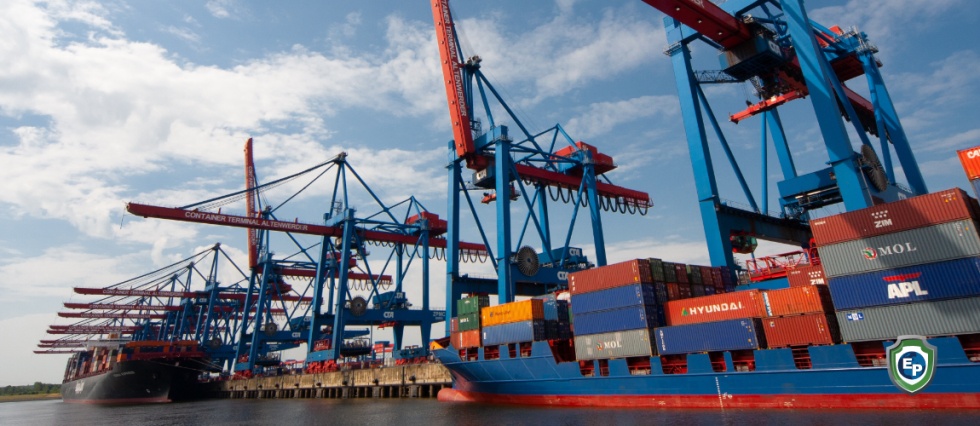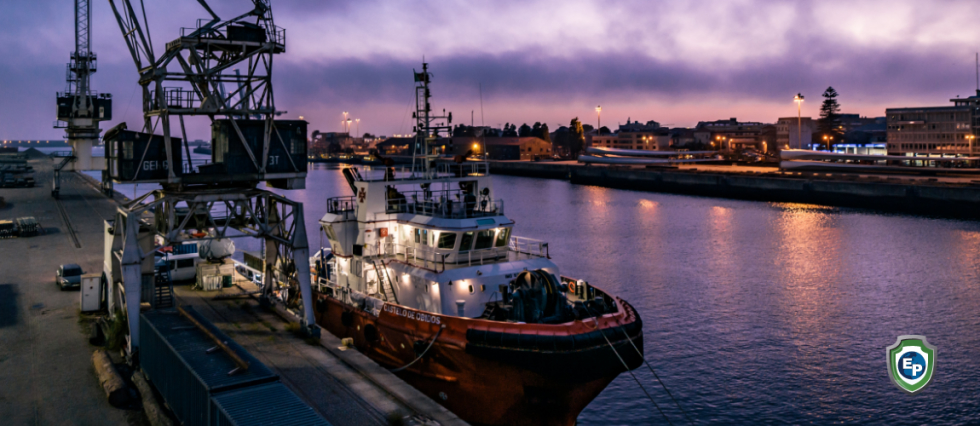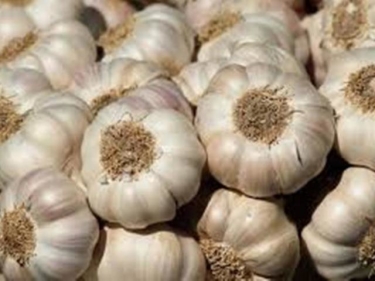Obstacles International Trade in Modern World Deals With
Modern world problems and issues that hit hard on international trade and global financial markets

As the world struggles to emerge from the COVID-19 pandemic, new worries seem to take over global financial markets. The rapid spread of the omicron strain has led to renewed restrictions on population mobility and labor shortages in many countries. The global pandemic is not yet a thing of the past, even if the worst fears about the latest strain have not materialized.
The new challenges are also quite varied. Some are a consequence of the pandemic and how different international financial systems have responded to health challenges. This applies to a significant increase in debt (public and corporate), as well as inflation. Several problems are not directly related to the pandemic. They are generated by geopolitical conflicts and tensions that were already in the spotlight before the pandemic but now, in a post-pandemic context, are emerging with a new urgency.
Russian Invasion of Ukraine
The ongoing war in Ukraine has dimmed prospects for a post-pandemic economic recovery for emerging and developing economies in Europe and Central Asia. Economic activity will remain deeply depressed through next year, with minimal growth of 0.3% expected in 2024, as energy price shocks continue to impact the region. So far, the area has weathered the storm of Russia's invasion of Ukraine better than previously forecast. Regional output is expected to contract by 0.2% this year, reflecting above expectation growth in some of the region's largest economies and some governments' prudent extension of pandemic-era stimulus programs.
Ukraine's international finance market is projected to contract by 35% this year. However, economic activity is scarred by the destruction of productive capacity, damage to agricultural land, and reduced labor supply as more than 14 million people are estimated to have been displaced. According to recent World Bank estimates, recovery and reconstruction needs across social, productive, and infrastructure sectors total at least $349 billion, more than 1.5 times the size of Ukraine's pre-war economy in 2022.
The global financial market continues to be weakened by the war through significant disruptions in trade and food and fuel price shocks, all of which contribute to high inflation and a subsequent tightening in global financing conditions. Activity in the euro area, the most extensive international finance system for emerging and developing economies (EMDEs) of Europe and Central Asia, has deteriorated markedly in the second half of 2023 due to distressed supply chains, increased financial strains, and declines in consumer and business confidence. However, the most damaging effects of the invasion are surging energy prices amid significant reductions in the Russian energy supply.
A supplement to the report examines the impact of the energy crisis. While global prices for oil, gas, and coal have risen since early 2022, they skyrocketed after Russia invaded Ukraine, sending inflation to levels not seen for decades. This unprecedented crisis has implications for consumers and governments, constraining fiscal affordability, firm productivity, and household welfare.
The hardest hit will be countries with medium to high reliance on natural gas imports for heating (which accounts for 30% of energy demand), industry, or electricity, as well as countries closely connected with EU energy markets. These countries must prepare for gas shortages and implement emergency plans to mitigate the worst impacts on households and firms, including saving energy, boosting energy efficiency, and implementing quota/rationing plans. Behavior change campaigns focusing on improving heating efficiency in homes and buildings, such as resealing windows and adding insulation, require relatively minimal investment and have immediate impacts.

Labor Challenges and Inflation
New risks stemming from the Russian military operation in Ukraine and the sanctions imposed by the West in response have led to inflationary pressure on the international finance sectors, which has not yet recovered from the COVID-19 crisis and has increased dramatically. Problems with the supply of grain, fertilizers, and energy products provoked a sharp rise in prices for them on the world market.
As a result, in many countries of the world, consumer prices (primarily for food and fuel) are growing at a pace that has not happened for 30–40 years and sometimes for more than half a century.
UN experts warn that the poorest will suffer the most from rising inflation. According to their calculations, a rise in the price of food by an average of 1% means that 10 million people around the world will be in poverty, the total number of those who will fall below the poverty line after the outbreak of hostilities in Ukraine, UN experts estimate at 95 million. The increase in inflation since March 2023 has already led to the fact that the poor in the world's developing countries have increased by about 71 million, calculated in the UN.
Serious problems arose not only in the Third World but also in the wealthiest states. For example, in the United States, food prices in June rose (compared to the beginning of last summer) by an average of 10.4%, and gasoline - by almost 60%. In general, consumer prices increased by 9.1%, which was the highest figure in more than 40 years - since November 1981 (9.6%), when the so-called Great Inflation was coming to an end in the United States. At its peak, in March-April 1980, the annual price increase accelerated to 14.8%. According to the US Bureau of Labor Statistics, the absolute maximum inflation in the country reached shortly after the end of the First World War, namely in June 1920, 23.7% year on year.
In the European Union, which cannot boast of such a long history, inflation reached absolute maximums in 2023. In June, it reached 9.6% per annum in the EU and the euro area - 8.6%. At the same time, in Lithuania and Estonia, the increase in consumer prices exceeded 20%, amounting to 20.5 and 22%, respectively.
Weak Links in the Supply Chain
Supply chain challenges continue as we see improvements in available freight capacity, declining freight costs, and softening commodity prices. Port operations are stabilizing, and container costs are nearing pre-pandemic levels. Even as diesel fuel prices remain elevated, truck transportation costs continue to decline, and available capacity is at its best in over two years.
While these actions highlight some positive news as signs of combating the highest inflation in 40 years, many challenges continue. Labor shortages remain a significant challenge to material availability and manufacturing capacity. Unemployment and workforce participation remains at or near record lows, and job creation continues even in the face of economic uncertainty. COVID-19 cases are rising again in China, and many large manufacturing hubs will be shut down temporarily due to the Zero COVID policy. The country also announced it was doubling down on the restrictive policy this past week, suggesting that it would not end anytime soon. We are seeing more announced pricing increases in the global market going into the new calendar year from suppliers than anticipated after some price stability in the past quarter. The primary justifications and drivers are continued rising labor costs, energy costs, and capital investment costs due to adding capacity or onshoring production to mitigate future supply chain risks.
Learn More with Export Portal
At Export Portal, we believe in being a comprehensive international trade marketplace. That includes helping our users learn everything they need to know about global trade. Subscribe to our newsletter today to stay in the loop!


















Comments 1